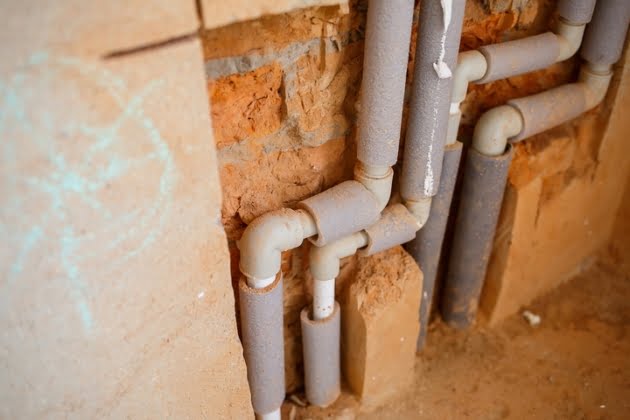Over time, the old water pipes in your home will experience gradual wear and tear. The physical deterioration occurs very slowly, so most homeowners might not notice the immediate changes in their plumbing systems. By the time your old water pipes eroded to their breaking point, you probably have a plumbing emergency in your hands.
Based on the types of plumbing pipes you have installed, their longevity varies, usually lasting at least two decades or more. Although your plumbing pipes are quite durable, you shouldn’t neglect them for too long, especially in older homes. The key is to know when to repair or replace the old plumbing parts. Replacing old water pipes at the right time can help you avoid long-term plumbing disasters.
There are certain telltale signs of old water pipes that need to be replaced. If you notice the following symptoms, make sure you contact a local plumber for water pipe replacement:
1. Corrosion in old water pipes

For many homeowners, corrosion is one of the most visible signs of old water pipes. When you see the pipes cloaked in a rusty orange colour, it’s a very clear indication that your plumbing has deteriorated. Old plumbing pipes can easily corrode from inside and progress outwards. Water pipes made of galvanized steel are especially corrosive.
Corroded pipes usually lead to frequent and persistent clogging. If your home seems to have perennially clogged water pipes, there’s a chance that corrosion seeped into your drains to cause the blockages. In most cases, corroded pipes require replacing for water to flow freely inside them.
2. Wear & tear in old water pipes
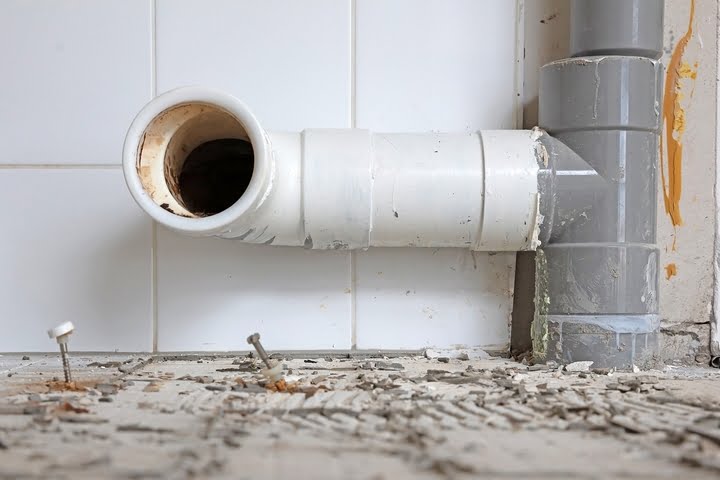
Most PVC plumbing pipes have a long life. Once installed, you won’t have to worry about replacing them for years to come. Other types of pipes must be replaced at least a couple of decades down the road. Galvanized steel pipes can last from 20 to 50 years. Brass pipes have a lifespan of between 40 and 45 years, while copper water lines are durable for 50 years or more. Cast iron plumbing pipes can last between 75 and 100 years.
To understand what kind of water pipes your home features, ask a residential plumber at your next regularly scheduled inspection. The plumber can tell you what the pipes are made of and give you an indication of when to replace them. This knowledge will help you prepare a timeline of when replacing old water pipes will be required.
3. Cracks in old water pipes
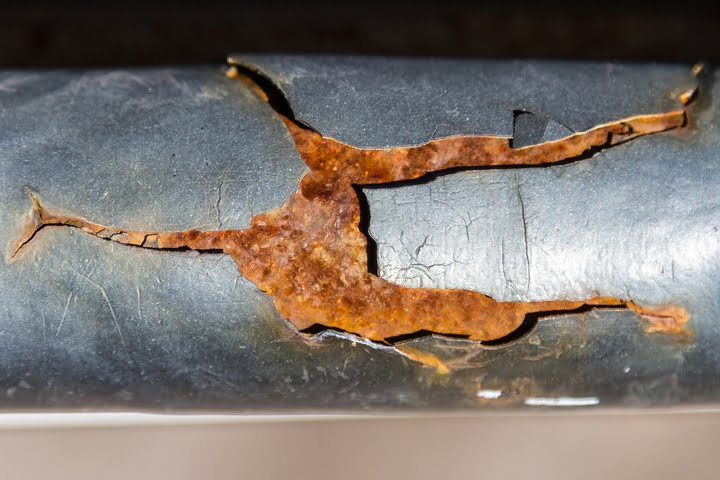
You can easily spot a crack in old water pipes. The cracks are often visible when water splurges out as it leaves the plumbing system. It doesn’t matter if the pipe is concealed underneath the floor or behind a wall. Pretty soon, you will see the water pooling and need to replace the old plumbing parts.
A crack in the pipe is a sure bet that water will soon start soaking your floor or wall, leaving behind a lot of damage. Should you come across a wet spot in your home, do not ignore this warning sign. It may indicate a potential plumbing situation that, if not addressed, could cause mould to grow.
4. Leaks in old water pipes
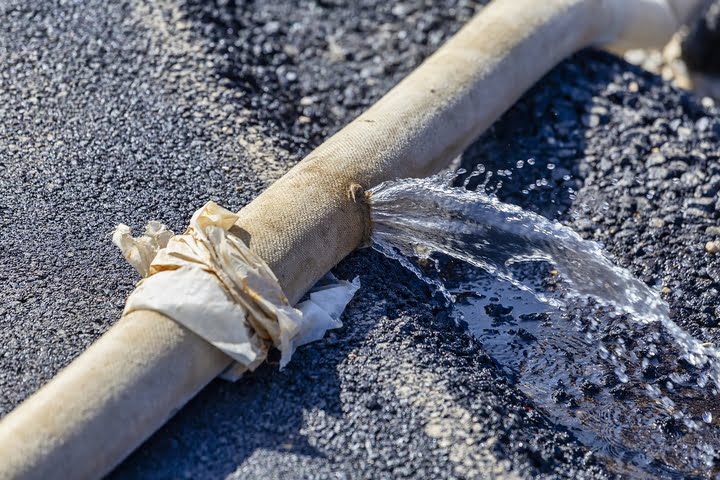
A plumbing pipe can leak even when there aren’t any cracks. The leak could be the result of a loose connection between pipes. While it may be minor at first, this can morph into a large leak over time, especially when under pressure. If the pipes are in a bad shape, a replacement may be unavoidable. In some cases, a plumber may be able to fix the leaking pipe by sealing it.
5. Dangerous materials in old water pipes
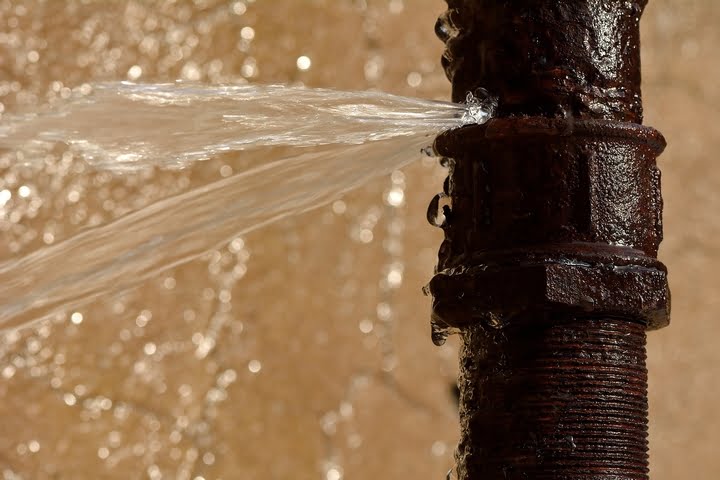
Lead water pipes are potentially dangerous. Constant exposure to this poisonous metal could slow growth among children and cause learning disabilities. It can also cause reproductive and kidney problems among adults. With such devastating consequences, you might think that lead plumbing pipes would be a thing of the past. Unfortunately, they are still in use around the world.
For instance, close to ten million homes receive water through old plumbing pipes or service lines that contain lead. It is critical to establish whether your plumbing system contains lead, or if it interacts with this material in any capacity. The sooner you get lead out of your home’s plumbing system, the better for your health.
6. Discoloured water from old water pipes
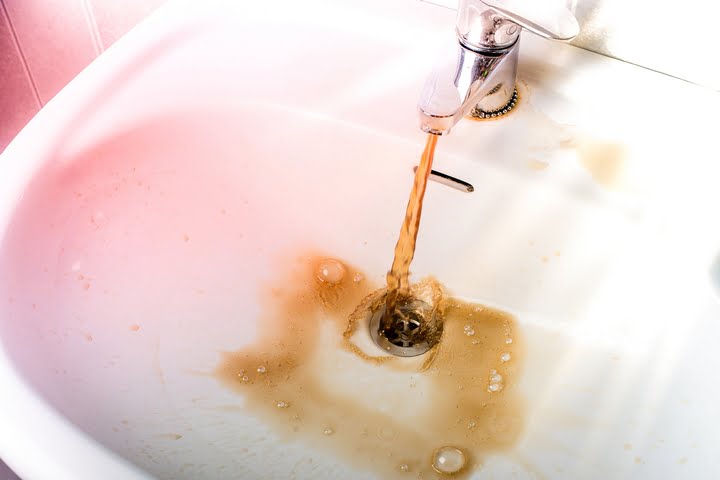
A common cause of discoloured water is a compromised local water source. Normally, your shower and kitchen sink faucets should produce crystal clear water. If you notice yellow sediments in the water or brown water from the tap, this could indicate internal corrosion and rust within the old pipes.
Observe this problem for at least a day, paying close attention to the recommended water clarity. If the discolouration persists, contact a plumber with the objective of replacing the old water pipes.
7. Low water pressure from old water pipes
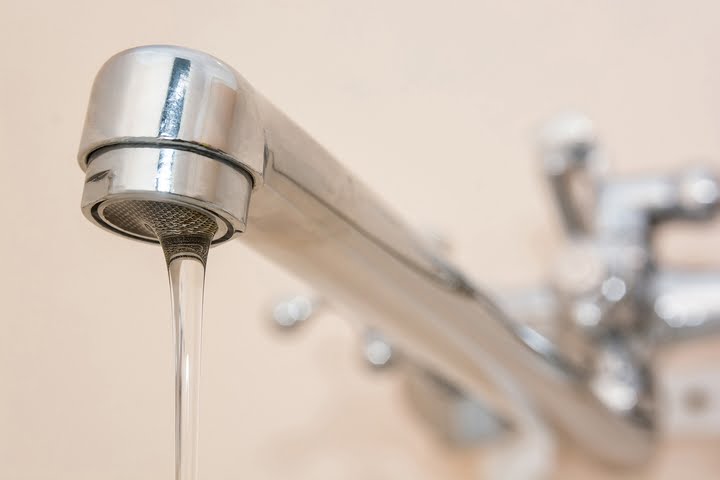
If you are experiencing low water pressure, you most likely have a water issue. When the water main in your neighbourhood is faulty, you might end up with decreased water pressure. However, if it is a localized problem specific to your home, the issue could originate from your old water pipes instead.
This problem happens because the old water pipes are no longer in the best shape for the water pressure demands of your home. The best approach is to replace the old plumbing parts with new ones as soon as possible.



